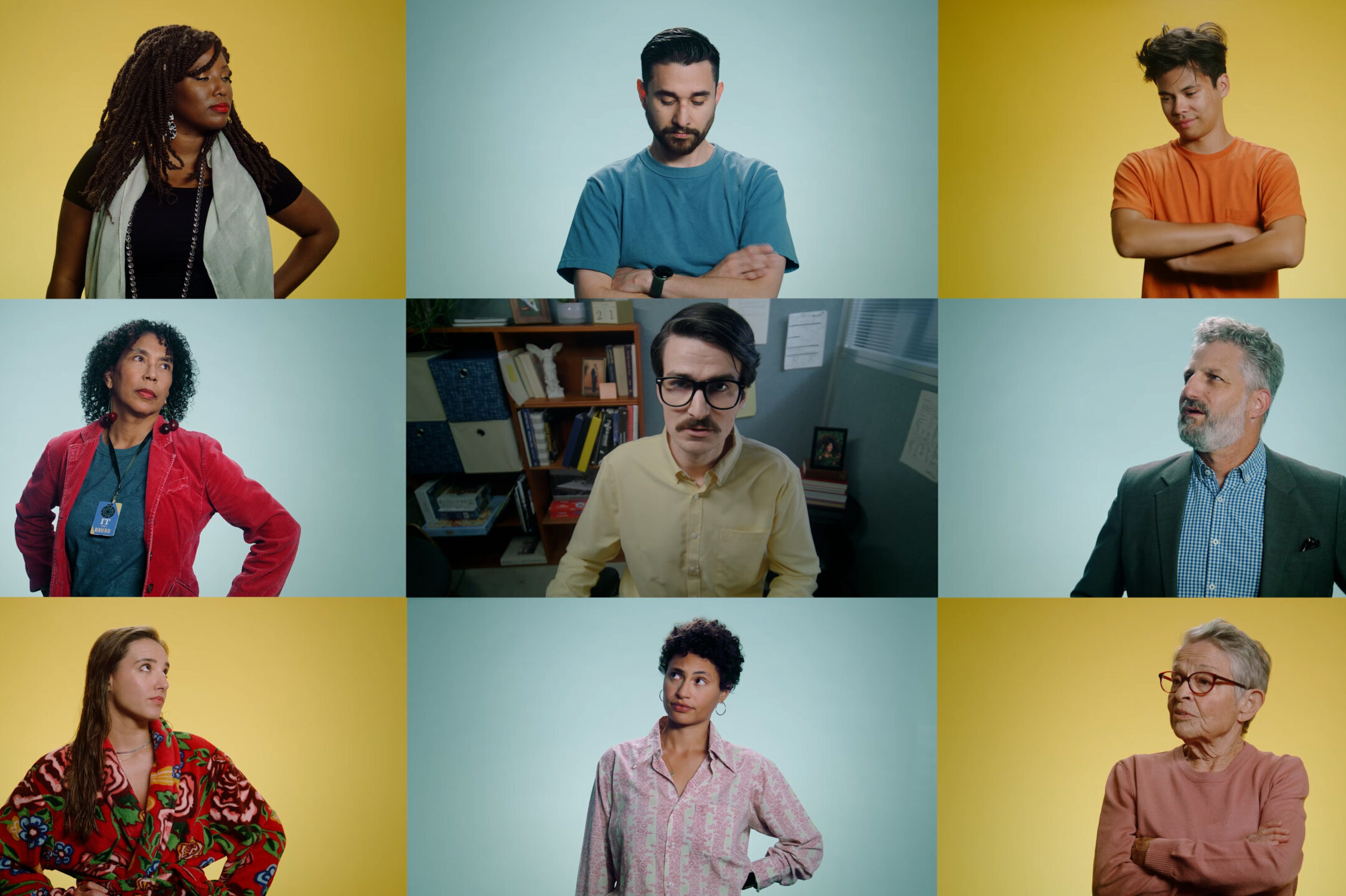In the face of bad news, bad information compounds the damage. As we are overcome by uncertainty and very real unknowns regarding the COVID-19 pandemic, Aspen Digital convened a very virtual panel to discuss Infodemic: Half Truths, Lies, and Critical Information in a Time of Pandemic. Dr. Claire Wardle—founder of First Draft, a nonprofit dedicated to understanding and battling bad information—offered a clear and concise picture of what disinformation is, and how we might go about protecting our society from it. Joining her were CNN reporter Donie O’Sullivan, who investigates disinformation at the intersection of technology and politics, and Aspen Digital’s Executive Director Vivian Schiller, who served as moderator.
The upshot, unsurprisingly, is that there’s a lot of misinformation in circulation right now. Much of the actual sharing is meant to be helpful—people trying to keep their friends and family informed and safe—but much of what is being shared is unhelpful at best and downright dangerous at worst. While we may not know for months (if ever) where the disinformation started, it’s up to us to help limit the spread of this Infodemic.
We encourage you to watch the entire discussion to fully understand the scope of the disinformation challenge, but here are some steps you can take to prevent transmission.
1. Check your impulses.
We all want to be informed and keep others informed, but much of that is a desire for some semblance of control — the more we know, the safer we’ll be, right? But think about the information overload you are currently experiencing, and reconsider adding to the confusion.
2. Check your emotions.
Does this bit of information make you anxious or apoplectic? If so, there’s a good chance it was designed to do just that, for either malicious or clickbait reasons. “If you have an emotional response — if it makes you upset, if it makes you angry, if it makes you want to go out and buy something to control the situation — that is an emotional response,” says Wardle, “Stop before you reshare that information.”
3. Check the source.
If you’re getting this information through social media—which is also the way you’re most likely to share it—you can’t really depend on its truth. A link that takes you to an official source may be more trustworthy, but doublecheck the URL, and even then you should look for a second source before you share.
4. Check the date.
What was true last week may not be true today, and even well-sourced information might no longer be applicable. Much of the viral content around COVID-19, especially personal essays and photos, originated during the SARS outbreak and other medical crises.
5. Check your attitude.
Shouting “you’re wrong” isn’t much of a strategy. Merely debunking can cause a backfire effect, according to Wardle. “People process information in biased ways; when debunkings threaten a person’s worldview, those most fixed in their views can double down.” Rather than simply calling out untruth, you’ll need to fill that gap with real information.
6. Check your delivery.
Disinformation comes in emotional stories and easily sharable memes. Factual information often comes in the form of 80-page PDFs and point-by-point rebuttals that end up amplifying the disinformation. Wardle’s best practices boil down to “Focus on the facts, make your content easy to process, avoid ridicule, answer any questions that might arise, and be precise with language.” An easy-to-understand graph won’t hurt.
7. Check out.
Information fatigue is a real thing. Even if you’ve managed to find a few trusted sources, your mind will get tired from having to process new information, and from having to discern between valuable information and disinformation. “We’re more overloaded and scared than ever,” says Wardle, “and that makes us even worse at this stuff.”


